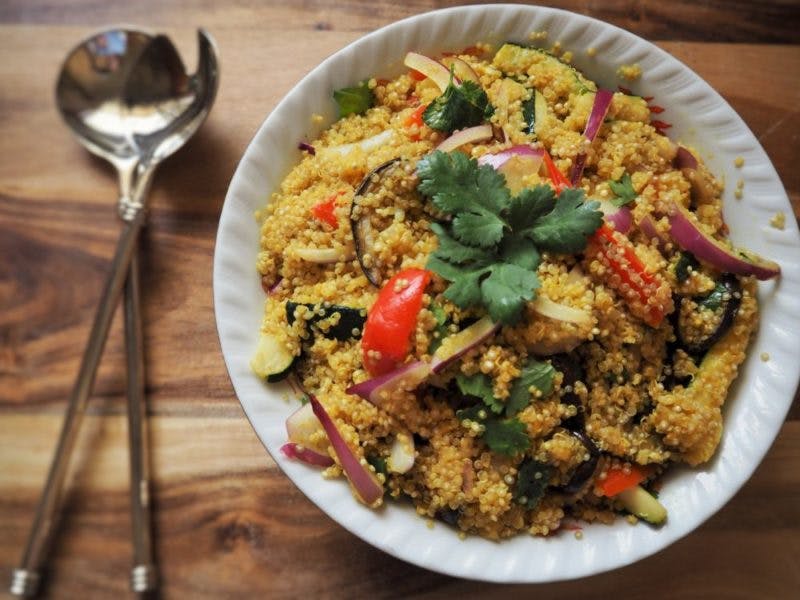
It is no coincidence that UN Secretary-General Ban Ki-moon and the United Nations have declared 2013 the "International Year of Quinoa". At the opening ceremony, Ki-moon said: "I hope that the International Year will serve as a catalyst for learning about the potential of quinoa". We want to take a closer look at this potential with our article on the power seed.
The return of almost forgotten foods
The increased health awareness of our population is leading to the revival of almost forgotten foods. Millet, buckwheat, emmer and quinoa, to name just a few of the new old stars. Another reason for the popularity of the Inca grain is a property that has become increasingly in demand in recent years. Quinoa is naturally gluten-free and therefore also suitable for people with coeliac disease (gluten intolerance). However, even people who do not suffer from gluten intolerance are voluntarily giving up gluten more and more often. One walk through the supermarket and everyone will notice this trend.
The indigenous culture of the Incas valued the grain as a staple food and called it mother grain, which underlines the importance of the pseudo grain in their diet. The ancient Incas considered it to be healthy and invigorating. The plant's low demands on soil and water have always made it an important crop for the Indians. These properties make it a source of hope for feeding the world's growing population.
The gluten-free pseudocereal
Below you will find the most important and interesting facts about quinoa.
Average nutritional values (per 100 g, dry):
- Calorific value (kcal): 400 kcal
- Carbohydrates: 71.11 g
- Protein: 13.33 g
- Fat: 6.7 g
- Dietary fiber: 8.9 g
Other ingredients and facts
- Quinoa is rich in vegetable protein including all essential amino acids (particularly rich in lysine).
- The Inca grain is rich in potassium (143 mg/100 g), magnesium (58 mg/100 g), calcium (20 mg/100 g) and iron (0.94 mg/100 g).
- It is rich in essential fatty acids such as linoleic and linolenic acids.
- It contains more vitamin B2 (0.02 mg/100 g) and alpha-tocopherol (vitamin E) than rice and wheat.
- Quinoa is high in fiber (8.9 g/100 g).
- It is naturally gluten-free.
The high-quality vegetable protein in particular makes it a popular source of protein for vegans, vegetarians and mixed dieters.
Preparation of quinoa
Before cooking, quinoa should be washed and rinsed thoroughly with water. The saponins contained in the seed coat taste bitter and are largely removed by thorough rinsing.
Preparation is simple and quick. After rinsing, add one part quinoa to two parts water in a pan and simmer for around 15 minutes. If you like a particularly nutty flavor, you can fry it briefly in a little oil before cooking.
Quinoa is as versatile as it is delicious. It tastes savory and sweet, as a side dish and as the main component of a meal. Whether as a warm power breakfast for a powerful start to the day or as the star in the next Inca pan, this power grain is always an excellent choice. We can also recommend quinoa flakes and puffed quinoa for breakfast.